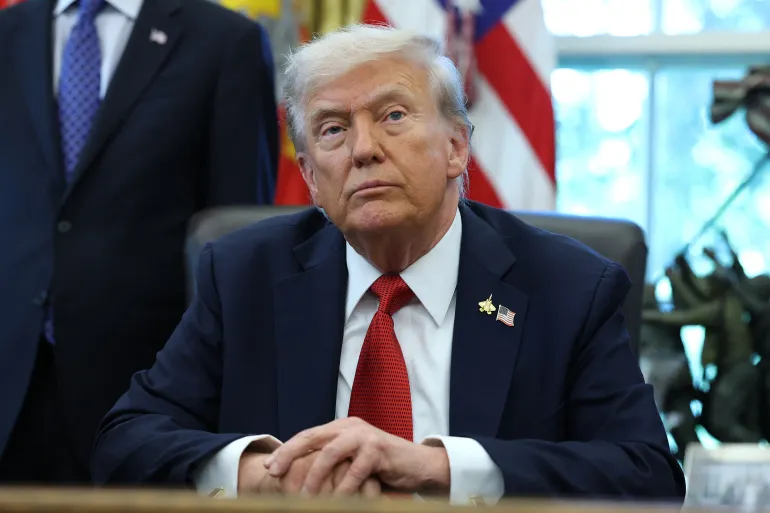The idea of placing former President Donald Trump’s image on a US dollar coin has caused wide discussion across the country and raised questions about whether it would be legal. While it may seem simple, the rules that guide coin designs in the United States are complex and carefully enforced.
Under American law, the US Mint traditionally avoids using the likeness of living people on official coins or paper money. This practice exists to keep the nation’s symbols neutral and free from political influence. Presidents and public figures are usually honored only after their passing, maintaining the sense of timeless respect and nonpartisan representation.
Still, there are limited exceptions. Some commemorative coins have been issued under special approval from Congress, allowing creative designs that include symbolic or artistic representations rather than full portraits. In those rare cases, the artwork might include a living person in a way that does not break the official design standards.
If a Trump coin were to be made, its legality would depend entirely on how it is presented. If Congress approves a commemorative coin where Trump’s image appears as part of a symbolic scene or concept rather than a clear bust or portrait, it could possibly be allowed. However, if the coin shows a detailed image of his face while he is still alive, it would almost certainly go against long-standing Mint traditions and design rules.
Any such coin would still need approval from several government bodies, including the Treasury Department and the design review committee that oversees US Mint creations. Experts note that although exceptions exist, the law’s intent is to avoid glorifying living individuals on official national currency, ensuring that American money remains a symbol of unity rather than political favor.


